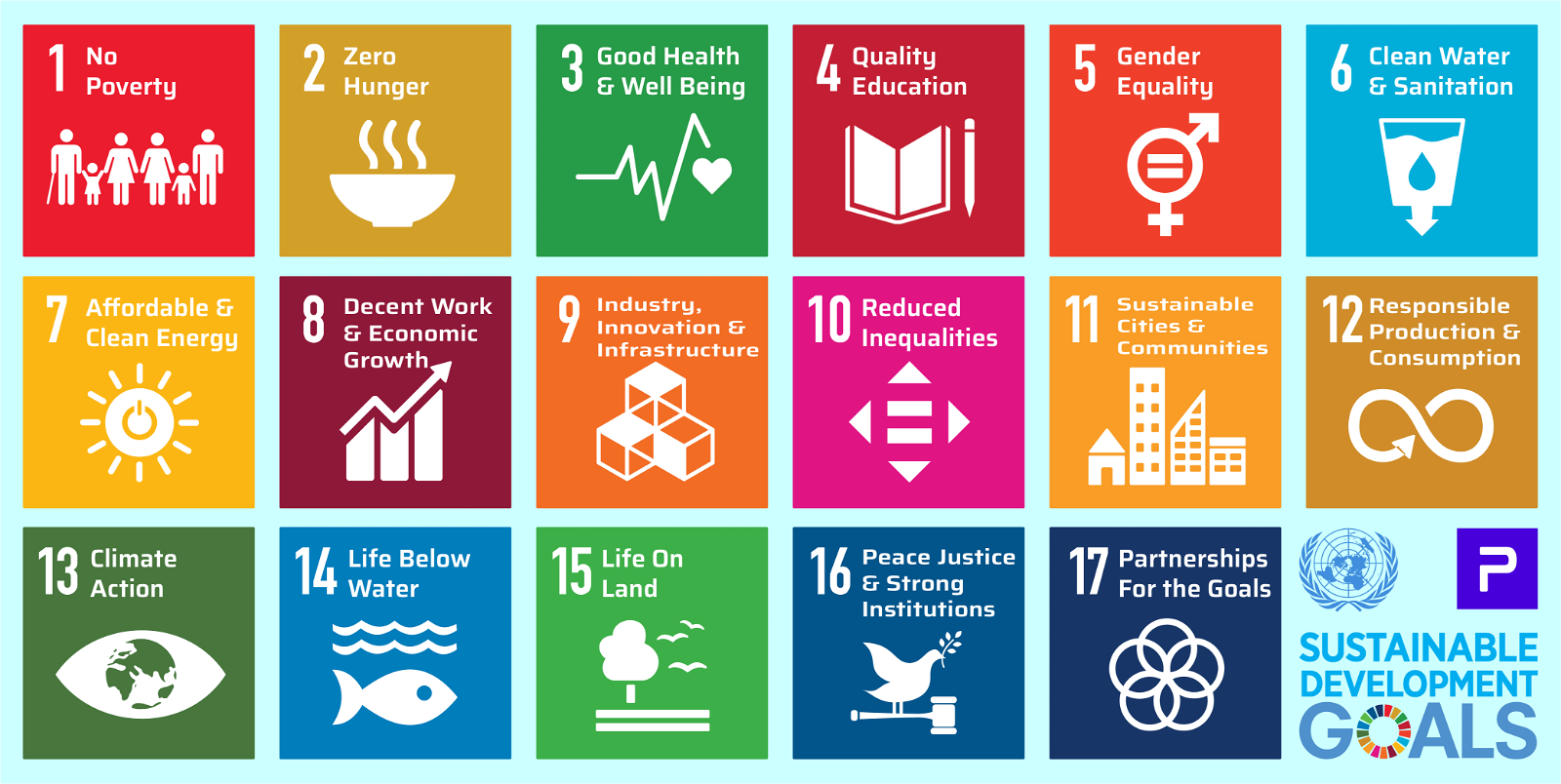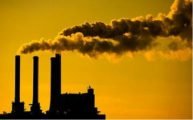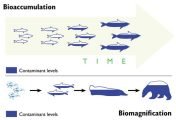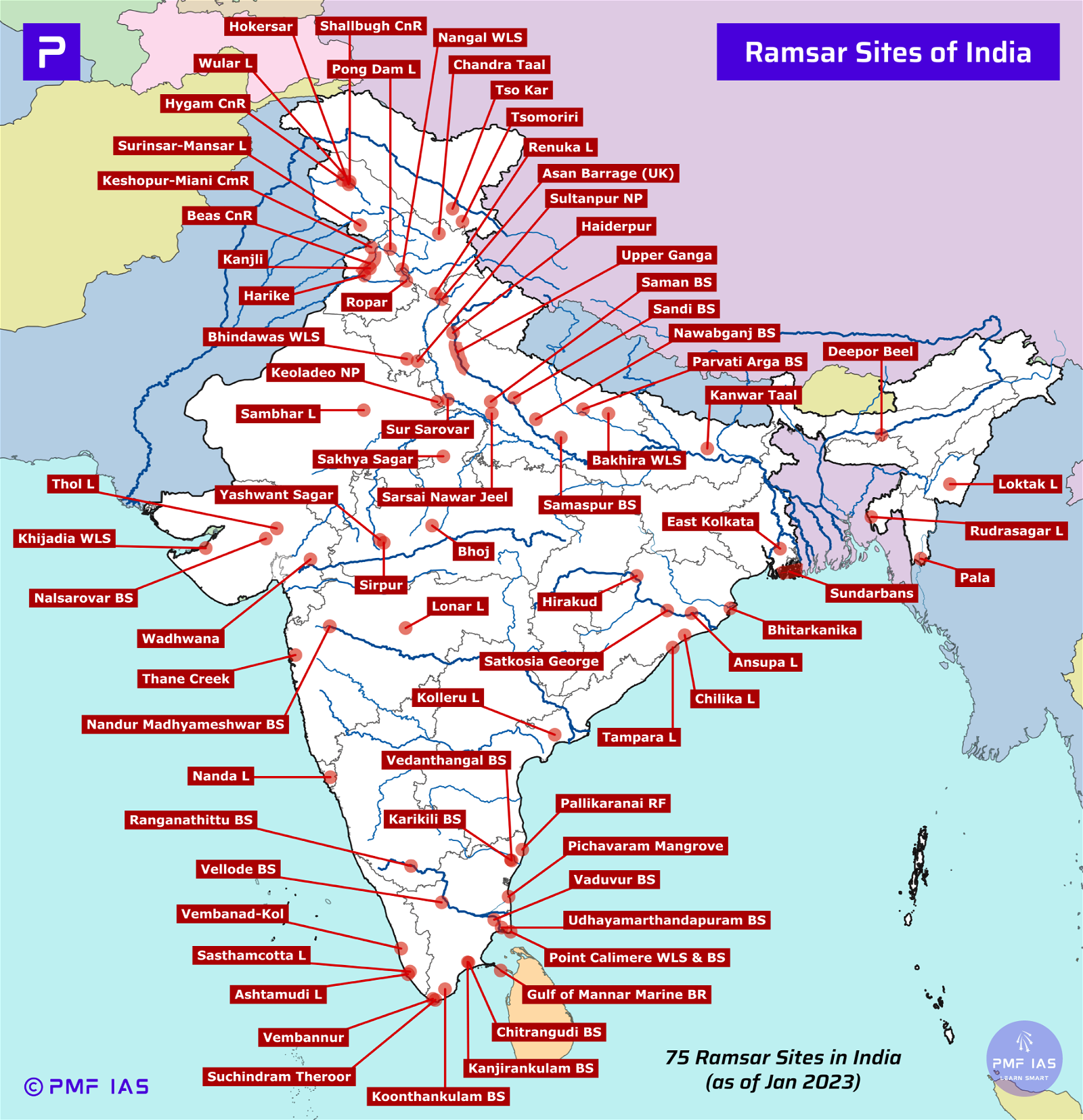
Paris Agreement, Intended Nationally Determined Contributions (INDC)
Subscribe to Never Miss an Important Update! Assured Discounts on New Products!
Must Join PMF IAS Telegram Channel & PMF IAS History Telegram Channel
Last updated on April 15, 2024 5:52 PM
Lima (Peru) Climate Change Conference 2014 (COP 20; CMP 10)
- The overarching goal of the conference is to reduce greenhouse gas emissions (GHGs) to limit the global temperature increase by 2030 to 2 degrees Celsius above 1850 baseline or Pre Industrial era.
- The agreement urged parties to take national pledges by finalizing their Intended Nationally Determined Contributions (INDC) by November 2015 (before Paris Summit).
- No agreement was reached due to lack of consensus between developed and developing countries.
Developed vs. Developing
- Wealthy nations like the U.S, EU argued that emissions from developing countries are consistently rising and they need to commit to more serious emission cuts.
- But India accused them of watering down the CDR principle envisaged in earlier.
- India stuck to its conventional position that the developed countries should shoulder a bigger burden as they are responsible for the problem in the first place.
- India confirmed that poverty alleviation would continue to be its primary concern and hence it will not compromise with its share of carbon credits.
India’s position
- China agreed a deal in 2014 under which its emissions would peak by 2030 (after 2030, it will start reducing its carbon footprint).
- India, the world’s third largest carbon emitter, is under pressure to make commitments like China.
- India says carbon emissions will grow as it strives to beat poverty.
- India wants to use its carbon credits to alleviate poverty and is not ready to accept anything other than ‘common but differentiated responsibilities’.
What India must do other than blaming developed nations
- India must demonstrate concerns about climate change issues (2015 Chennai floods, 2013 Uttarakhand floods, 2018 Kerala floods are all the effects of climate change).
- Emissions in India are rising dangerously, and the environmental costs will offset all its economic progress.
- India had to make a pragmatically determined national pledge before Paris Summit (India announced its INDC in October 2015).
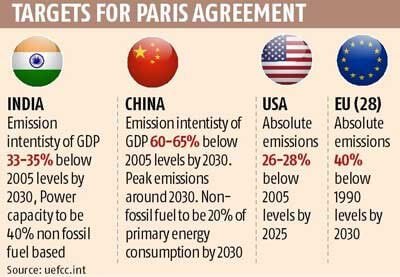
Paris Climate Change Conference 2015 (COP 21; CMP 11)
- No agreement was reached in Lima.
- All agreements and decisions were reserved for Paris Summit 2015.
- Paris Summit is one of the most important environmental conference because of the INDC commitments made by major polluters.
- The conference objective is to achieve a legally binding and universal agreement on climate to be signed in 2015 and implemented by 2020.
- Prior to the conference, 146 national climate panels publicly presented draft national climate contributions (so-called Intended Nationally Determined Contributions, INDCs).
- However, no detailed timetable or country-specific goals for emissions were incorporated into the Paris Agreement – as opposed to the previous Kyoto Protocol.
- There will be neither a mechanism to force a country to set a target by a specific date nor enforcement measures if a set target is not met.
Paris Agreement
- The conference negotiated the Paris Agreement, a global agreement on the reduction of climate change.
- It entered into force in November 2016 after (ratification by 55 countries that account for at least 55% of global emissions) had been met.
- Signatories: 195 as of 2019; 180+ countries have ratified; India signed and ratified in 2016.
Ratification
|
- The expected key result was an agreement to set a goal of limiting global warming to “well below 2 °C” Celsius compared to pre-industrial levels.
- The agreement calls for zero net anthropogenic greenhouse gas emissions to be reached during the second half of the 21st century.
- In the adopted version of the Paris Agreement, the parties will also “pursue efforts to limit the temperature increase to 1.5 °C.”
- The 1.5 °C goal will require zero emissions sometime between 2030 and 2050, according to some scientists.
- The developed countries reaffirmed the commitment to mobilize $100 billion a year in climate finance by 2020 and agreed to continue mobilizing finance at the level of $100 billion a year until 2025.
- In 2017, United States announced that the U.S. would cease all participation in the 2015 Paris Agreement on climate change mitigation.
- In accordance with Article 28 of the Paris Agreement, the earliest possible effective withdrawal date by the United States cannot be before November 2020. Thus, The U.S. will remain a signatory till November 2020.
Climate Neutral Now
- The UNFCCC secretariat launched its Climate Neutral Now initiative in 2015.
- The following year, the secretariat launched a new pillar under its Momentum for Change initiative focused on Climate Neutral Now.
- Climate Neutral Now is aiming at encouraging and supporting all levels of society to take climate action to achieve a climate neutral world by mid-century, as enshrined in the Paris Agreement.
- Climate neutrality is a three step process, which requires individuals, companies and governments to:
- Measure their climate footprint;
- Reduce their emissions as much as possible;
- Offset what they cannot reduce with UN certified emission reductions.
Q. With reference to the Agreement at the UNFCCC Meeting in Paris in 2015, which of the following statements is/are correct? (2016)
- The Agreement was signed by all the member countries of the UN and it will go into effect in 2017.
- The Agreement aims to limit the greenhouse gas emissions so that the rise in average global temperature by the end of this century does not exceed 2 °C or even 1.5 °C above pre-industrial levels.
- Developed countries acknowledged their historical responsibility in global warming and committed to donate $ 1000 billion a year from 2020 to help developing countries to cope with climate change.
Select the correct answer using the code given below.
- 1 and 3 only
- 2 only
- 2 and 3 only
- 1, 2 and 3
Answer: b) 2 only
Q. Momentum for Change: Climate Neutral Now” is an initiative launched by (2018)
- The Intergovernmental Panel on Climate Change
- The UNEP Secretariat
- The UNFCCC Secretariat
- The World Meteorological Organisation
China-U.S. deal on emission cuts
- Prior to the summit, China and the United States have agreed on a timetable to limit emission of GHGs.
- US agreed to reduce by 2025 its emission of greenhouse gases by 26 per cent to 28 per cent below its 2005 level.
- China stated its intent to peak emissions of carbon dioxide in 2030, if not earlier (from 2030 it will start reducing its emissions).
- It also agreed to raise the share of non-fossil fuels to 20 per cent in the next 16 years.
- India’s per capita emissions are estimated at one-tenth of the United States and one-fourth of China.
- China – US deal imposed a fresh pressure on India to make a voluntary commitment.
- India announced its INDCs in the end of 2015.
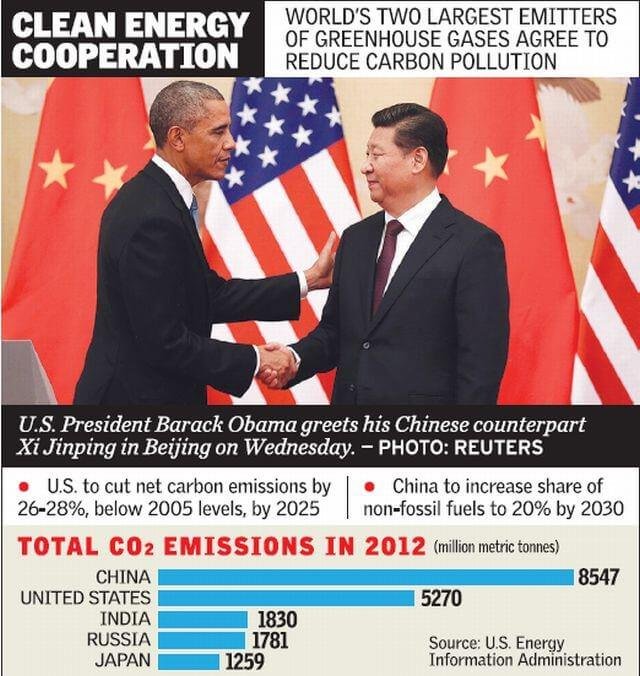
What is an INDC?
- During Warsaw Summit 2013 (COP 19), countries agreed to publicly outline what actions they intend to take under a global agreement well before the Paris Summit 2015.
- These country commitments are known as Intended Nationally Determined Contributions (INDCs).
The main points of contention on INDCs
Inclusion of Adaptation, finance and transfer of technology
- Developed countries are of the view that only actions that help in reducing greenhouse gas emissions should be counted as ‘contributions’ in INDCs.
- Almost every developing country, including India, however, wants adaptation measures also to be counted.
- Developing countries also want efforts by developed ones on providing money or transferring technology to poorer nations to be included in INDCs.
- This will help in holding the rich countries (biggest culprits that contributed to the increase of GHG emissions since Industrial Revolution) accountable to their promises on ensuring financial and technology flows.
Commitment Period
- India, European Union, China etc. are in favour of a 10-year commitment period.
- The United States, however, wants five-year commitment period so that countries can make quicker reviews.
Ex-post Review
- Since the INDCs are ‘nationally-determined’ and voluntary, the level of ambition in making ‘contributions’ is likely to be low.
- Some countries want an assessment of each country’s INDC to see whether these are in line with the global 2 degree target.
- India and the United States strongly resent any such provision, saying such an exercise will negate the ‘nationally-determined’ nature of the ‘contributions’.
Q. The term ‘Intended Nationally Determined Contributions’ is sometimes seen in the news in the context of
- pledges made by the European countries to rehabilitate refugees from the war-affected Middle East
- plan of action outlined by the countries of the world to combat climate change
- capital contributed by the member countries in the establishment of Asian Infrastructure Investment Bank
- plan of action outlined by the countries of the world regarding Sustainable Development Goals
Answer: b)
India’s INDC objectives
- Announced in October 2015 (Lima summit urged every country to announce its INDCs by Nov 2015)
- Reduce emission intensity by 33 to 35 per cent by 2030 compared to 2005 levels.
How?
- Introduce new, more efficient and cleaner technologies in thermal power generation.
- Reducing emissions from transportation sector.
- Promote energy efficiency, mainly in industry, transportation, buildings and appliances
- Develop climate resilient infrastructure.
- Pursue Zero Effect, Zero Defect policy under Make in India programme.
- Produce 40 per cent of electricity from non-fossil fuel based energy resources by 2030, if international community helps with technology transfer and low cost finance.
How?
- Install 175 GW of solar, wind and biomass electricity by 2022, and scale up further in following years.
- Aggressively pursue development of hydropower.
- Achieve the target of 63 GW of installed nuclear power capacity by 2032.
- Create an additional carbon sink of 2.5 to 3 billion tonnes of carbon dioxide equivalent by 2030 through additional forest and tree cover.
How?
- Full implementation of Green India Mission and other programmes of afforestation.
- Develop 1,40,000 km long tree line on both sides of national highways.
- Sustainable development.
- Develop robust adaptation strategies for agriculture, water and health sectors.
How?
- Redesign National Water Mission and National Mission on Sustainable Agriculture.
- Active implementation of ongoing programmes like National Initiative on Climate Resilient Agriculture, setting up of 100 mobile soil-testing laboratories, distribution of soil health cards to farmers.
- Additional impetus on watershed development through Neeranchal scheme.
- Effective implementation of National Mission on Clean Ganga.
- Early formulation and implementation of National Health Mission.
- Complete Integrated Coastal Zone Management plan. Mapping and demarcation of coastal hazard lines.
Money required to meet India’s INDC
- At least USD 2.5 trillion required between 2015 and 2030 to implement all planned actions.
- Cess on coal is being used for funding clean energy projects through National Adaptation Fund.
- Tax free infrastructure bonds were introduced for funding renewable energy projects.
Tax free infrastructure bonds
|
National Adaptation Fund on Climate Change (NAFCC)
- Budget 2015 introduced “National Adaptation Fund” for climate change.
- As an initial sum, an amount of Rs 100 crore will be transferred to the Fund.
- Budget provision for the year 2015-16 and 2016-17 is Rs.350 crores.
- Money obtained from coal cess goes into NAFCC.
- Objective: Assist States and Union Territories that are particularly vulnerable to the adverse effects of climate change in meeting the cost of adaptation.
- The National Bank for Agriculture and Rural Development (NABARD) has been appointed as National Implementing Entity (NIE) responsible for implementation of adaptation projects under the (NAFCC).
Post Paris Summit
Marrakech (Morocco) Climate Change Conference 2016 (COP22; CMP12; CMA1)
- CMA1 the first meeting of the parties for the Paris Agreement.
- The purpose of the conference was to discuss and implement plans about combatting climate change and to “[demonstrate] to the world that the implementation of the Paris Agreement is underway”.
- COP22 was called as “Action COP” or “Agriculture COP”.
- Adaptation of African Agriculture (AAA) was launched at COP 22.
- AAA is promoted by FAO along with various governments, especially African countries.
International Solar Alliance
- The International Solar Alliance (ISA) is an alliance was initiated by India.
- It was initiated at the India Africa Summit, and a meeting of member countries ahead of the Paris Summit.
- The framework agreement opened for signatures in Marrakech in 2016, and 122 countries have joined.
- Most of the 122 countries are sunshine countries, which lie either completely or partly between the Tropic of Cancer and the Tropic of Capricorn.
- ISA is now extended to all members of UN and is now a treaty-based inter-governmental organization.
- Countries that do not fall within the Tropics can join the alliance with the exception of voting rights.
- The primary objective of the alliance is to work for efficient exploitation of solar energy to reduce dependence on fossil fuels.
- Headquarters: Gurugram, Haryana, India.
Q. Consider the following statements: (2016)
- The International Solar Alliance was launched at the United Nations Climate Change Conference in 2015.
- The Alliance includes all the member countries of the United Nations.
Which of the statements given above is/are correct?
- 1 only
- 2 only
- Both 1 and 2
- Neither 1 nor 2
Answer: a) 1 only
Bonn (Germany) Climate Change Conference 2017 (COP 23; CMP 13; CMA 1-2)
- At COP 23 nations of the world met to advance the aims and ambitions of the Paris Agreement and achieve progress on its implementation guidelines.
- Parties will need to finalise the Implementation Guidelines at COP24.
Katowice (Poland) Climate Change Conference 2018 (COP 24; CMP 14; CMA 1-3)
- The conference agreed on rules to implement the Paris Agreement, which will come into force in 2020, that is to say the rulebook on how governments will measure, and report on their emissions-cutting efforts.
Last updated on April 15, 2024 5:52 PM






